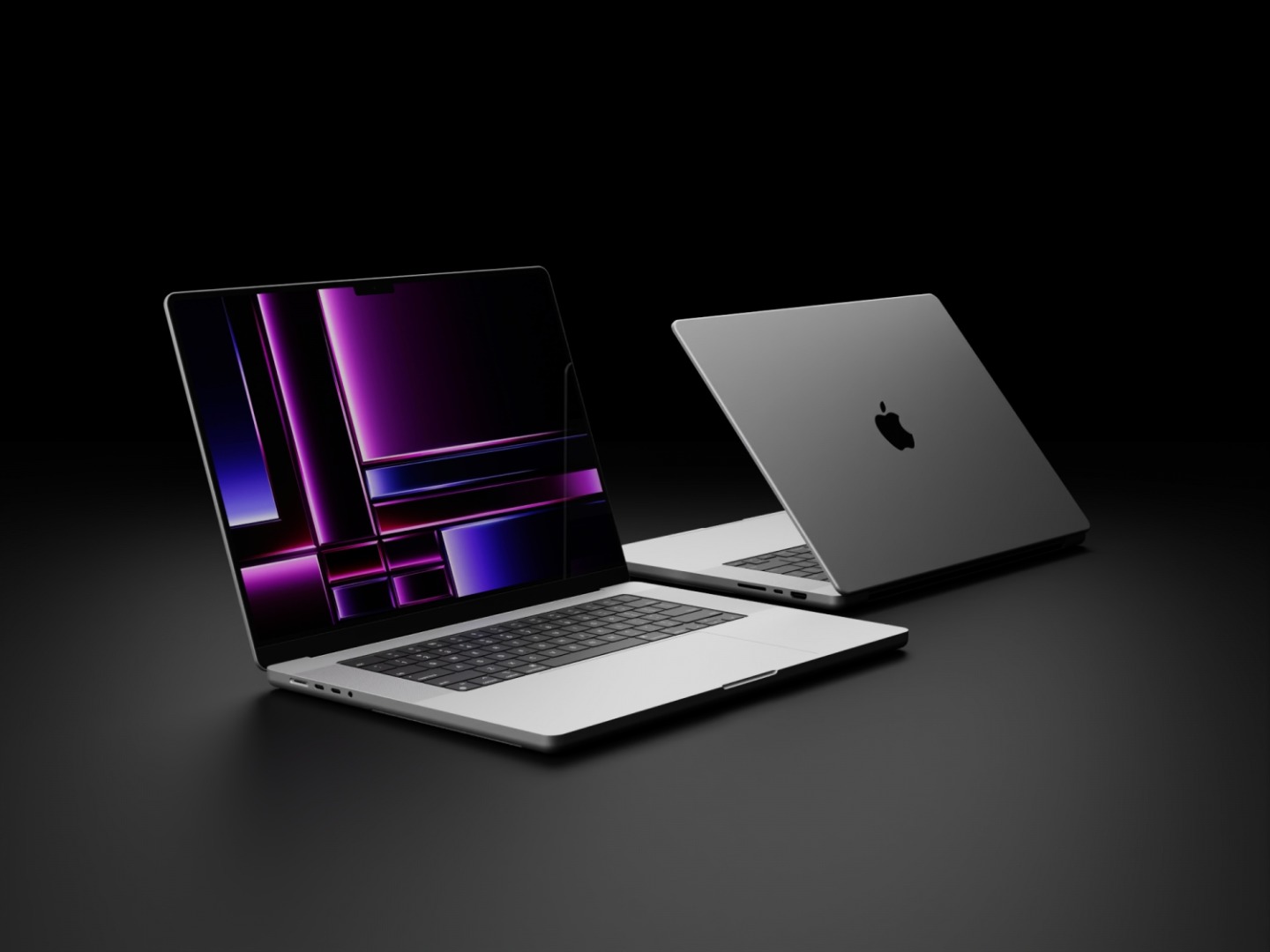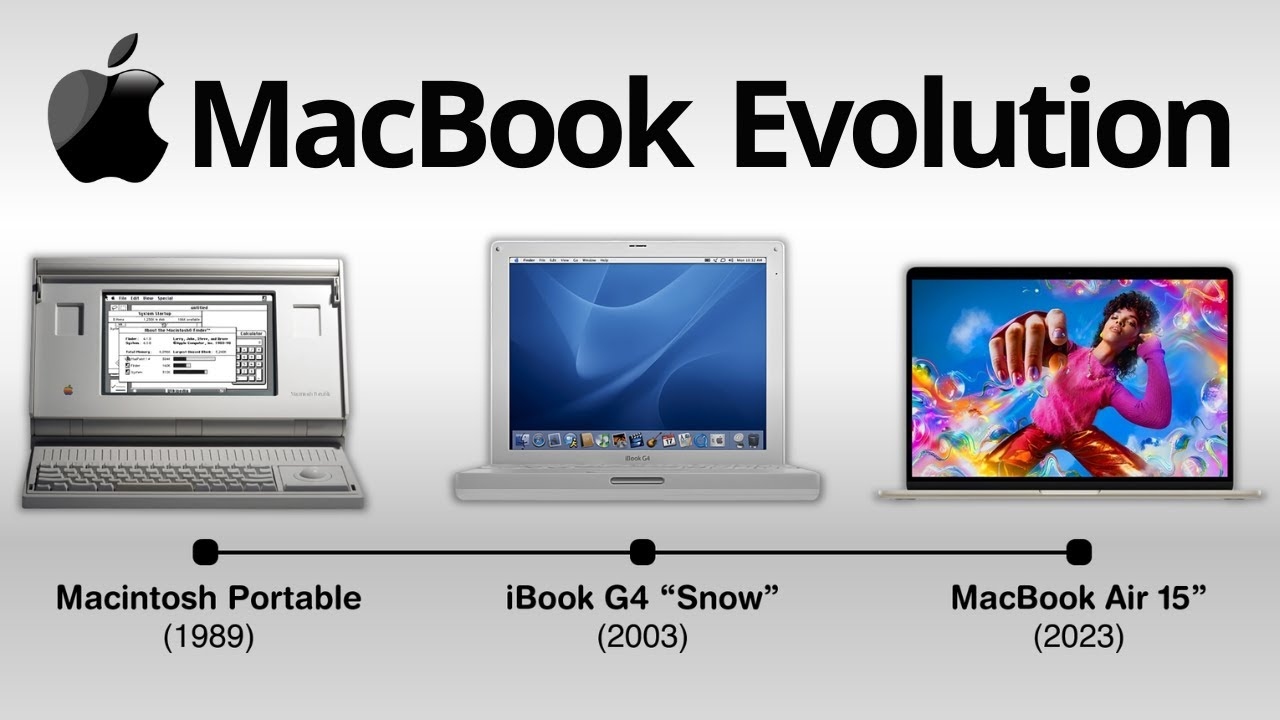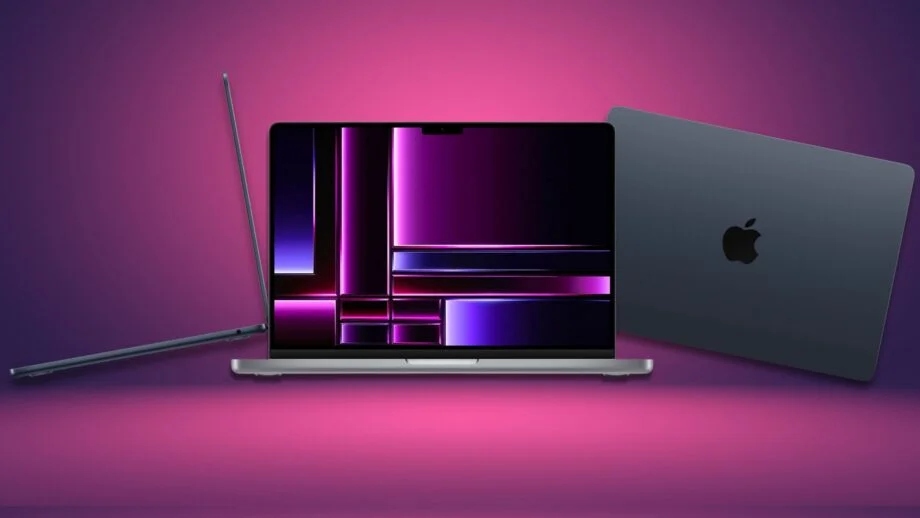OTHER
Is a MacBook a Good Laptop?

Apple’s Macbook is a good laptop known for its powerful performance, robust security features, high-resolution display and user-friendly interface.
It is renowned for its sleek design, powerful performance, and the coveted Apple ecosystem. The MacBook has earned its place as a status symbol among laptop users.
The premium price tag associated with MacBook devices is a factor that often weighs on prospective buyers. While MacBooks are undeniably an investment, several questions arise: Does the cost align with the overall value and performance they offer? Is a MacBook a Good Laptop? Understanding the pricing of each device and considering individual priorities can help users make an informed decision.
MacBooks are positioned in the higher price range of the laptop market, reflecting the premium build quality, innovative technology, and the overall Apple experience. For users seeking a reliable, high-performance laptop with a focus on design aesthetics, the price may be justified. Budget-conscious consumers may explore alternative options that offer a competitive feature set at a lower cost.
Who Invented the Macbook?

Steve Jobs unveiled the MacBook and MacBook Pro in 2006. Apple had made the decision to move towards using Intel CPUs in its computers. This change meant the discontinuation of the iBook and PowerBook ranges, which were replaced by these new MacBook and MacBook Pro series. The first MacBook was considered extremely similar in design to the “Aluminium PowerBook G4”, but just had an Intel CPU inside.
What Are the Different Types of Macbooks?

The current Apple laptop lineup includes 13.3-inch, 13.6-inch, and 15.3-inch MacBook Airs and two flavors of MacBook Pro: 14.2 inches, and 16.2 inches. The top options in the Air lineup feature the Apple M2 chipset, while the latest MacBook Pro 14 and 16 are powered by the Apple M3, M3 Pro, or M3 Max.
14 Reasons Why the MacBook is a Good Laptop
The MacBook stands out as a symbol of innovation, design excellence, and seamless integration within the Apple ecosystem. Its sleek profile, robust performance, and user-friendly interface contribute to its appeal among a broad spectrum of users, from creative professionals to business executives. However, considerations such as the exclusive use of USB-C ports, limited upgradeability, and the premium price tag may pose challenges for some users.
Ultimately, the decision to invest in a MacBook hinges on individual priorities, preferences, and budget constraints. For those who prioritize a seamless user experience, cutting-edge technology, and aesthetic elegance, the MacBook undeniably offers a compelling package. As technology continues to evolve, so too will the MacBook, maintaining its status as a frontrunner of laptops. Whether it’s the right choice for you depends on how well its strengths align with your unique needs and aspirations in the realm of computing. Here are several why the macbook is a good laptop.

1. Beautiful Design
Apple has long been associated with design excellence, and the MacBook is a testament to this commitment. With its slim profile, aluminum unibody construction, and minimalist aesthetics, the MacBook exudes an elegance that has become synonymous with the Apple brand. The attention to detail, from the backlit Apple logo to the precisely crafted keyboard, contributes to the MacBook’s overall allure.
2. Durable & Secure
The MacBook’s build quality is often touted as one of the best in the industry. The use of premium materials not only enhances its visual appeal but also ensures durability. The aluminum chassis provides a sturdy yet lightweight foundation, making it an ideal companion for professionals on the go. The MacBook’s robust build stands out as a key factor for those seeking a laptop that can withstand the rigors of daily use.
3. Ease of Performance
Under the hood, the MacBook packs a punch. Apple’s integration of custom-designed processors, such as the M3 chip, has elevated the performance standards for laptops. The seamless integration of hardware and software allows MacBooks to deliver impressive speeds and responsiveness, whether you’re engaging in resource-intensive tasks like video editing or simply multitasking between various applications.
4. Optimized Operating System
One of the MacBook’s defining features is its operating system, macOS. Known for its stability and efficiency, macOS is tailored to complement the hardware specifications of Apple devices. This optimization results in a smooth and responsive user experience. The MacBook’s ability to handle resource-heavy applications without compromising performance is a significant draw for creative professionals and power users.
5. Retina Display: A Visual Feast
The MacBook’s Retina display has become a benchmark for high-resolution screens in the laptop market. The vibrant colors, deep blacks, and sharp contrast contribute to an immersive viewing experience. Whether you’re editing photos, watching videos, or working on intricate design projects, the Retina display sets a standard that few competitors can match.
6. Color Accuracy and True Tone Technology
For users engaged in content creation, color accuracy is paramount. MacBooks, equipped with True Tone technology, adapt the display’s color temperature based on ambient lighting conditions. This feature ensures consistent and accurate colors, catering to the needs of photographers, graphic designers, and other creative professionals who rely on precise color representation.
7. Seamless Integration with Apple Devices
For individuals already invested in the Apple ecosystem, a MacBook offers unparalleled synergy with other Apple devices. The seamless integration between a MacBook, iPhone, iPad, and other Apple products creates a cohesive user experience. Features like Handoff, AirDrop, and Continuity Camera enhance productivity by allowing users to transition seamlessly between devices.
8. Cross-Device Compatibility
The ability to start an email on your iPhone and finish it on your MacBook exemplifies the convenience of Apple’s ecosystem. iCloud integration ensures that files are effortlessly shared across devices, providing a level of continuity that enhances the overall user experience. For those deeply embedded in the Apple ecosystem, the MacBook becomes not just a laptop but a central hub for their digital life.
9. User-Friendly Interface
One of the MacBook’s strengths lies in its user-friendly interface. macOS is lauded for its intuitive design, making it accessible to users of varying technical expertise. The minimalist approach to system settings and the straightforward organization of applications contribute to a smooth learning curve for those new to the Apple ecosystem.
10. Gesture Controls and Trackpad Precision
The MacBook’s trackpad is celebrated for its precision and responsiveness. Multi-touch gestures, such as pinch-to-zoom and three-finger swipes, provide an intuitive means of interacting with the operating system and applications. The integration of Force Touch technology adds an additional layer of functionality, allowing users to engage with their MacBook in a more nuanced way.
11. Good Battery Life: Endurance for the Long Haul
MacBooks are renowned for their impressive battery life, a crucial factor for users who rely on their laptops for extended periods. The efficiency of Apple’s custom-designed chips, coupled with macOS optimizations, contributes to a longer battery lifespan. Whether you’re working on a lengthy project or binge-watching your favorite series, the MacBook’s endurance is a notable asset.
12. Optimized Power Management
Apple’s commitment to power efficiency extends to the MacBook’s optimized power management. The ability to enter and exit low-power states seamlessly ensures that energy is conserved when the laptop is not in active use. This feature is especially valuable for users who prioritize sustainability and energy efficiency.
13. Connectivity and Ports: The USB-C Conundrum
While the MacBook’s design is undeniably sleek, its commitment to minimalism comes with a trade-off – the reliance on USB-C ports. The move towards USB-C exclusivity has drawn both praise and criticism. On one hand, USB-C offers versatile connectivity and facilitates a thinner design. On the other hand, users may find themselves in need of dongles or adapters to connect legacy devices.
The transition to USB-C reflects a broader industry shift towards a universal standard for connectivity. While the move may inconvenience users with existing peripherals, it aligns with the direction of future technology. The MacBook’s commitment to USB-C is a testament to Apple’s forward-looking approach, although it may require some adjustment for users accustomed to a more diverse range of ports.
14. Numerous Storage Options
When it comes to storage, MacBooks offer a range of configurations, from solid-state drives (SSDs) to larger capacities. However, one aspect that has drawn criticism is the limited upgradeability. Many MacBook models feature soldered components, making it challenging for users to upgrade RAM or replace certain internal components independently.
Choosing the right storage configuration is crucial, as upgrading later may not be a straightforward option. Users must carefully assess their current and future storage needs when purchasing a MacBook. While the lack of upgradeability may be a drawback for some, the inclusion of high-speed SSDs in MacBook models contributes to faster data access and improved overall performance.

















